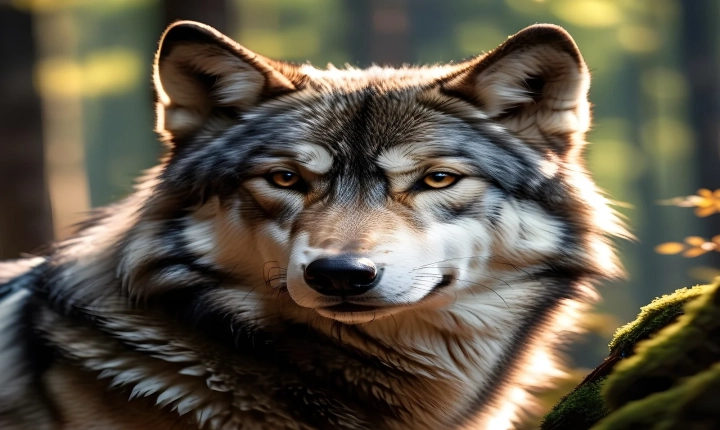Artificial intelligence (AI) has made significant strides in generating music that is increasingly indistinguishable from compositions created by human musicians. However, this advancement has raised pertinent questions regarding the copyright of AI-generated music. Who holds the rights to music created by AI, and how can it be protected within the existing legal framework?
In traditional music production, copyright law recognizes the creator of the work as the rightful owner of the music. This includes composers, lyricists, and performers who contribute to the creative process. However, when AI algorithms autonomously generate music, the conventional understanding of authorship and ownership becomes blurred.
The fundamental question arises: can AI itself be recognized as a creator and, consequently, be entitled to copyright protection? Currently, different jurisdictions have taken varying approaches in addressing this issue, leading to a complex and evolving legal landscape.
For example, in the United States, copyright law specifies that original works of authorship are protected, but it emphasizes that copyright protection is not available for works produced by nature, animals, or plants. The absence of specific provisions regarding AI leaves room for interpretation and debate. On the other hand, the European Union has taken steps to consider AI as a potential creator by proposing an “intellectual property rights for the creations of artificial intelligence” framework.
In the absence of a clear legal framework, the question of ownership of AI-generated music remains a grey area. Without explicit regulations, there is a risk that AI-generated music could fall into the public domain, depriving creators and developers of their rightful recognition and compensation.
Moreover, the use of AI-generated music in commercial contexts adds another layer of complexity to the copyright issue. If AI-generated music is used in advertising, film, or video games, companies and content creators may face uncertainties regarding licensing, royalties, and potential legal disputes. This underscores the pressing need for a comprehensive legal framework to address the copyright of AI-generated music.
In response to these challenges, some experts advocate for a modified framework that acknowledges the collaborative nature of AI-generated music. This approach suggests that while AI may autonomously create music, it still relies on input and guidance from human developers and programmers. As such, copyright ownership could be attributed to the individuals and organizations involved in the design and training of the AI algorithms.
Furthermore, proponents of this collaborative ownership model argue that it would incentivize innovation in AI music generation and foster partnerships between AI technologies and human creators. This approach aligns with the evolving nature of intellectual property rights and reflects the intricate relationship between technology and artistic expression in the modern era.
As the capabilities of AI continue to advance, policymakers, legal experts, and industry stakeholders must collaborate to address the copyright implications of AI-generated music. Establishing clear and equitable guidelines for copyright ownership and protection will not only benefit creators and developers but also uphold the integrity and value of AI-generated music within the creative ecosystem.
In conclusion, the copyright of AI-generated music presents a complex and multifaceted challenge at the intersection of technology and intellectual property. While traditional copyright frameworks struggle to accommodate AI-generated works, there is an opportunity to revaluate and adapt existing laws to ensure fair recognition and protection for creators, whether human or artificial. By fostering a collaborative approach that aligns with the evolving nature of creative expression, society can navigate the complexities of AI-generated music copyright and unlock the full potential of AI in the music industry.
